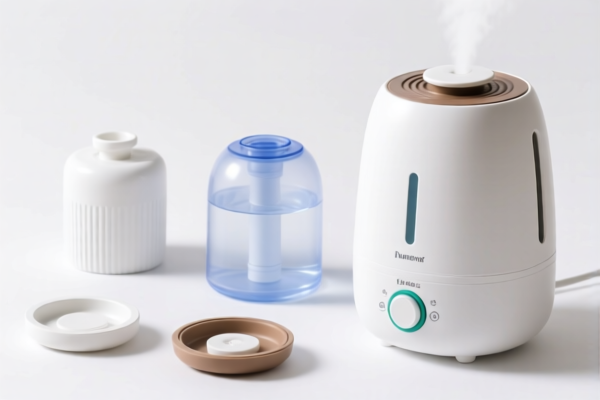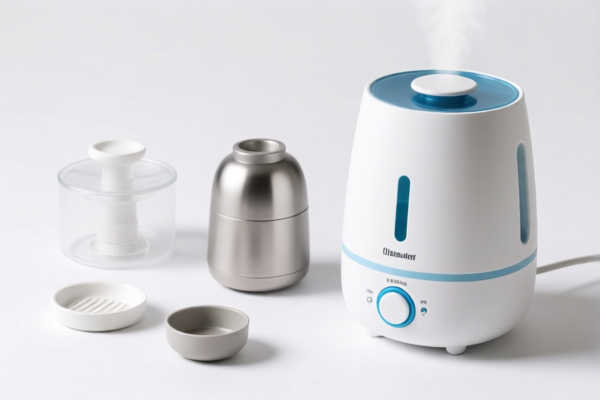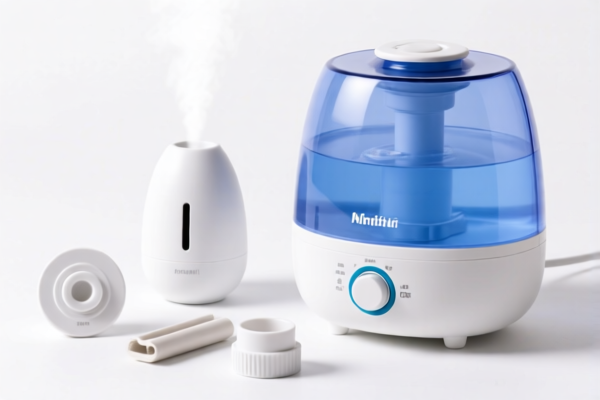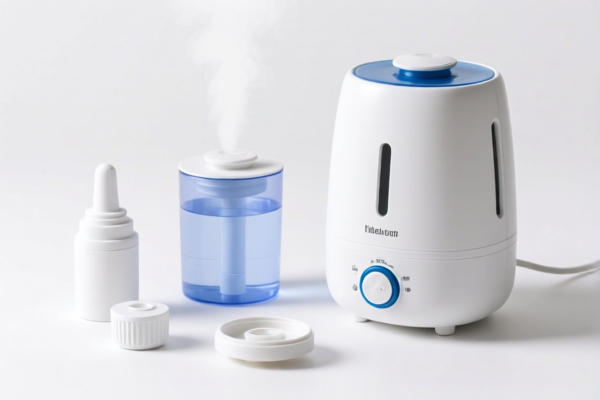| HS Code | Official Doc | Tariff Rate | Origin | Destination | Effective Date |
|---|---|---|---|---|---|
| 9503000090 | Doc | 30.0% | CN | US | 2025-05-12 |
| 9503000071 | Doc | 30.0% | CN | US | 2025-05-12 |
| 4823901000 | Doc | 55.0% | CN | US | 2025-05-12 |
| 4823908000 | Doc | 55.0% | CN | US | 2025-05-12 |
| 4819600000 | Doc | 55.0% | CN | US | 2025-05-12 |
| 4819504060 | Doc | 55.0% | CN | US | 2025-05-12 |




Hamster Cage Accessories
Hamster cage accessories encompass a wide variety of items designed to enhance the living environment, well-being, and enrichment of pet hamsters. These accessories cater to their natural behaviors such as burrowing, nesting, climbing, chewing, and exploration.
Materials
Accessories are commonly constructed from the following materials:
- Plastic: Lightweight, easy to clean, and relatively inexpensive. Often used for wheels, houses, food bowls, and tunnels. Concerns exist regarding chewability and potential toxicity if ingested in large quantities; BPA-free plastics are preferable.
- Wood: Provides a natural aesthetic and is suitable for chewing, though it requires regular replacement due to soiling and potential splintering. Untreated, kiln-dried wood (such as birch, aspen, or pine – with caution regarding pine phenols) is best.
- Metal: Durable and hygienic, commonly used for wire cages, food bowls, and some climbing structures. Ensure it is rust-proof and coated to prevent injury.
- Ceramic/Glass: Used for food and water bowls, offering stability and ease of cleaning.
- Fabric/Paper: Used for nesting materials, bedding, and soft play items. Must be hamster-safe, non-toxic, and free of loose fibers that could cause impaction.
- Cardboard: A temporary, chewable enrichment item.
Purpose & Function
- Enrichment: Stimulate natural behaviors, preventing boredom and stress.
- Comfort & Security: Provide safe spaces for resting, sleeping, and hiding.
- Health & Hygiene: Facilitate proper eating, drinking, and waste management.
- Exercise: Encourage physical activity.
Common Types
- Wheels: Essential for exercise; solid surface wheels are preferable to avoid foot injuries. Sizes vary depending on hamster species (Syrian hamsters require larger wheels).
- Houses/Hides: Provide a secure resting place. Materials range from plastic to wood to ceramic.
- Bedding: Used for nesting and absorbing waste. Common options include paper-based bedding, aspen shavings, and fleece liners.
- Food Bowls: Available in ceramic, plastic, or metal. Weighty bowls prevent tipping.
- Water Bottles/Bowls: Provide hydration. Bottles are hygienic but can cause issues if the nozzle malfunctions. Bowls require regular cleaning.
- Chew Toys: Satisfy the hamster's natural chewing instinct, preventing dental problems and boredom. Wood chews, cardboard tubes, and mineral chews are common.
- Tunnels & Tubes: Allow for exploration and burrowing.
- Climbing Structures: Provide exercise and mental stimulation.
- Sand Baths: Provide a space for grooming and dust bathing (particularly important for dwarf hamsters). Chinchilla sand is the recommended type.
- Toys: Variety of options including balls, bridges, and puzzle toys.
- Liners/Substrates: Cover the cage floor, aiding in waste management and providing comfort.
Usage Scenarios
- Daily Use: Food bowls, water bottles, wheels, and bedding require regular maintenance.
- Enrichment Rotation: Toys and climbing structures should be rotated regularly to maintain interest.
- Cleaning: Accessories must be cleaned regularly to prevent the build-up of bacteria and ammonia.
- Species-Specific Needs: Different hamster species have different requirements. For example, dwarf hamsters benefit from larger sand baths, while Syrian hamsters require larger wheels and houses.
- Cage Size: The size and number of accessories should be appropriate for the size of the cage. Overcrowding can lead to stress and health problems.
Hamster cage accessories fall under a range of potential classifications depending on the specific item. Based on the provided reference material, the following HS codes may be relevant:
- 9503000090: This HS code covers tricycles, scooters, pedal cars and similar wheeled toys; dolls’ carriages; dolls, other toys; reduced-scale (“scaleˮ) models and similar recreational models, working or not; puzzles of all kinds; parts and accessories thereof. If the hamster cage accessories include small toy components or recreational models specifically designed for hamsters, this code may apply. The total tax rate is 30.0% (0.0% base tariff, 0.0% additional tariff, 30% additional tariff after April 2, 2025).
- 9503000071: This HS code also covers tricycles, scooters, pedal cars and similar wheeled toys; dolls’ carriages; dolls, other toys; reduced-scale (“scaleˮ) models and similar recreational models, working or not; puzzles of all kinds; parts and accessories thereof, specifically categorized as “Children’s productsˮ as defined in 15 U.S.C. § 2052, labeled or determined by importer as intended for use by persons under 3 years of age. If the accessories are explicitly marketed for young children (under 3) alongside hamster ownership, this code may be applicable. The total tax rate is 30.0% (0.0% base tariff, 0.0% additional tariff, 30% additional tariff after April 2, 2025).
It is important to note that if the accessories are made of paper or cellulose materials, the following HS codes may also be relevant:
- 4823901000: This HS code covers other paper, paperboard, cellulose wadding and webs of cellulose fibers, cut to size or shape; other articles of paper pulp, paper, paperboard, cellulose wadding or webs of cellulose fibers, specifically categorized as “Of paper pulp”. If the accessories are constructed from paper pulp, this code applies. The total tax rate is 55.0% (0.0% base tariff, 25.0% additional tariff, 30% additional tariff after April 2, 2025).
- 4823908000: This HS code covers other paper, paperboard, cellulose wadding and webs of cellulose fibers, cut to size or shape; other articles of paper pulp, paper, paperboard, cellulose wadding or webs of cellulose fibers, categorized as “Gaskets, washers and other seals”. If the accessories include paper-based seals or washers, this code may be relevant. The total tax rate is 55.0% (0.0% base tariff, 25.0% additional tariff, 30% additional tariff after April 2, 2025).
- 4819600000: This HS code covers cartons, boxes, cases, bags and other packing containers, of paper, paperboard, cellulose wadding or webs of cellulose fibers; box files, letter trays and similar articles, of a kind used in offices, shops or the like, specifically categorized as “Box files, letter trays, storage boxes and similar articles, of a kind used in offices, shops or the like”. If the accessories are storage boxes or similar containers, this code may apply. The total tax rate is 55.0% (0.0% base tariff, 25.0% additional tariff, 30% additional tariff after April 2, 2025).
- 4819504060: This HS code covers cartons, boxes, cases, bags and other packing containers, of paper, paperboard, cellulose wadding or webs of cellulose fibers; box files, letter trays and similar articles, of a kind used in offices, shops or the like, categorized as “Other packing containers, including record sleeves”. If the accessories are packing containers, this code may be relevant. The total tax rate is 55.0% (0.0% base tariff, 25.0% additional tariff, 30% additional tariff after April 2, 2025).
It is crucial to determine the precise material composition and intended use of each accessory to select the correct HS code.
Customer Reviews
No reviews yet.